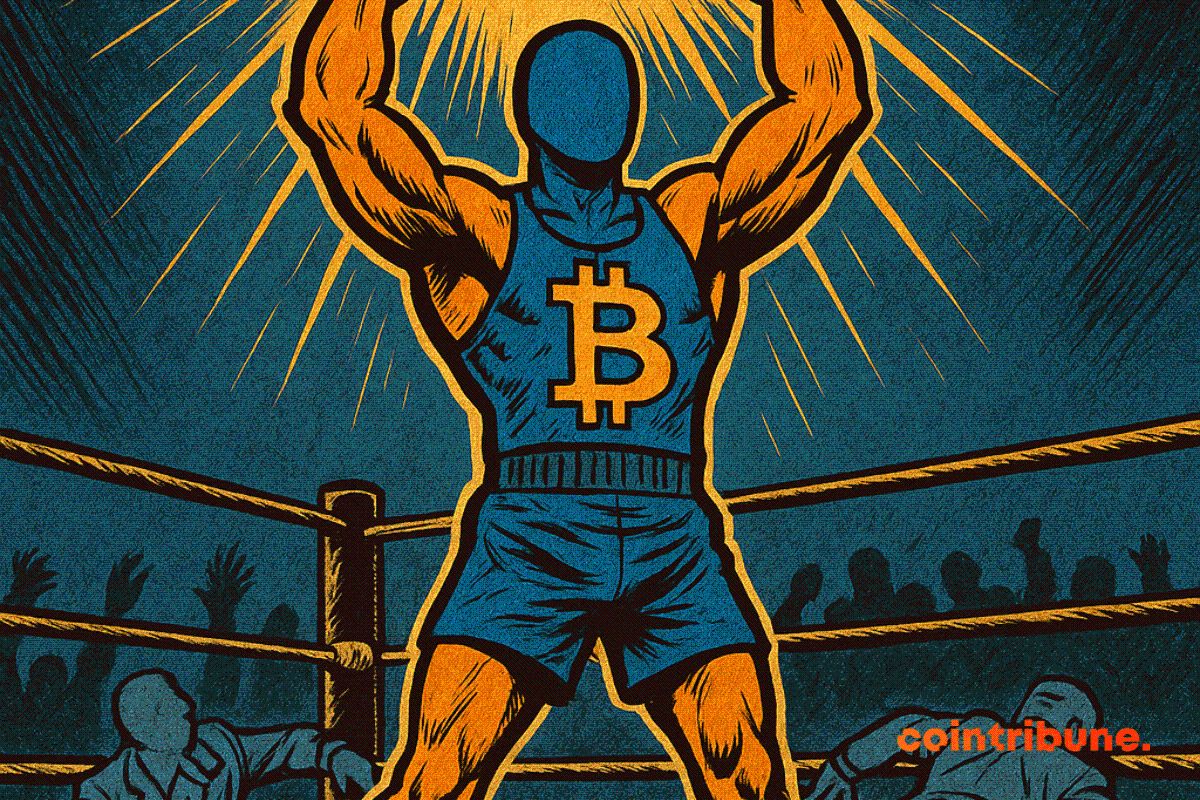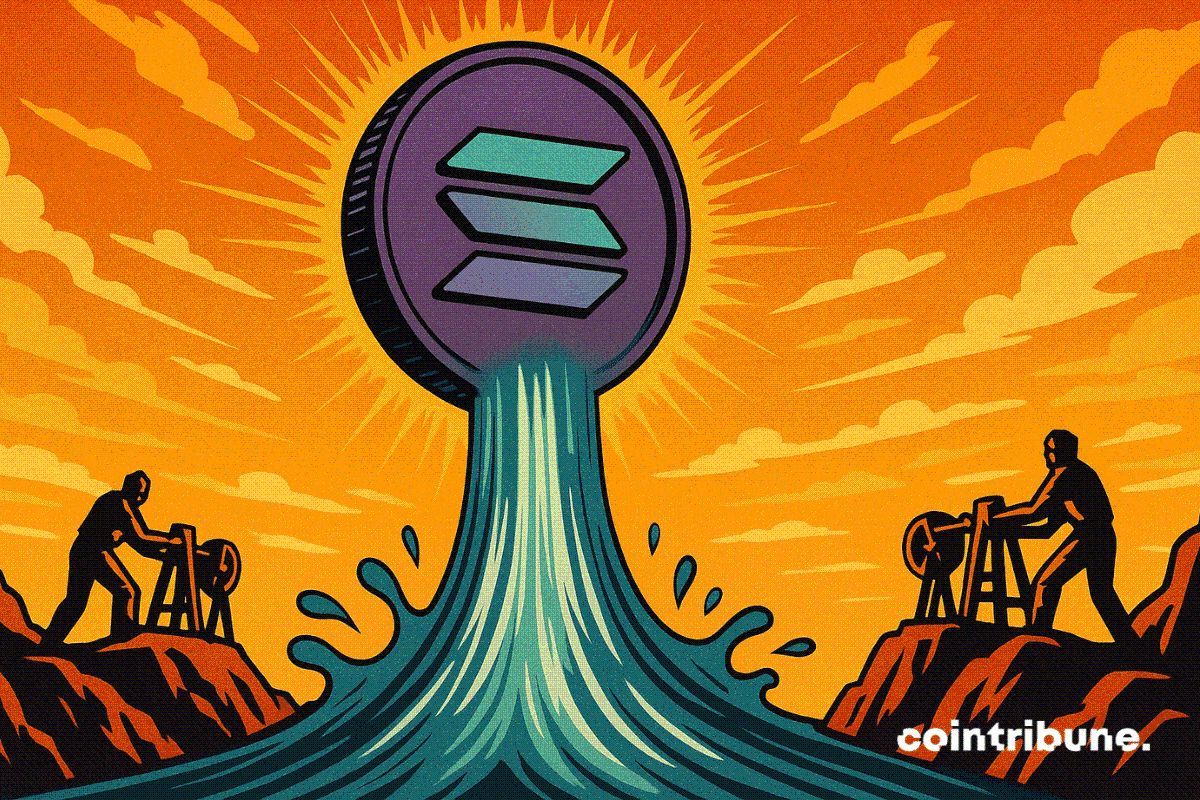Ethereum’s Fusaka Upgrade Goes Live on Final Testnet Ahead of December Mainnet Launch
Quick Breakdown
- Fusaka upgrade goes live on Ethereum’s final testnet ahead of December 3 mainnet launch.
- Introduces PeerDAS, higher gas limits, and zero-knowledge rollup optimizations.
- Marks another step in Ethereum’s Surge phase, targeting greater scalability and parallel execution.
Ethereum prepares for Fusaka mainnet launch
Ethereum’s highly anticipated Fusaka upgrade is now active on the blockchain’s final testnet, Hoodi, marking the last major milestone before its mainnet rollout on December 3. The upgrade introduces a series of technical enhancements aimed at boosting scalability and network efficiency.
🚀 The @ethereum 𝗛𝗼𝗼𝗱𝗶 𝗙𝗼𝗿𝗸 has been successfully completed and is now running seamlessly on the 𝗡𝗲𝘁𝗵𝗲𝗿𝗺𝗶𝗻𝗱 𝗖𝗹𝗶𝗲𝗻𝘁.
Another smooth upgrade, another key milestone on the road to Fusaka.
Big thanks to everyone in the ecosystem who helped make it happen -… pic.twitter.com/TEze2vgCx7
— Nethermind (@NethermindEth) October 28, 2025
Ethereum client developer Nethermind confirmed the smooth completion of the Hoodi fork on X, calling it “another key milestone on the road to Fusaka.”
Key features: scalability, efficiency, and parallel execution
Fusaka brings several new Ethereum Improvement Proposals (EIPs) to life, notably EIP-7594, also known as PeerDAS (Peer Data Availability Sampling). The feature allows validators to process smaller data chunks from layer-2 networks instead of entire blobs, significantly improving node performance and reducing bandwidth demands.
The update also includes EIP-7825 and EIP-7935, which raise gas limits and optimize execution efficiency as Ethereum prepares for parallel execution — the ability to run multiple smart contracts simultaneously. Additional proposals within the Fusaka package enhance support for zero-knowledge rollups, further reinforcing Ethereum’s scaling roadmap.
Three-stage deployment plan
The Fusaka upgrade will roll out in three distinct stages including the mainnet activation on December 3, implementation of the EIP that increases blob capacity and second blob capacity hard fork, finalizing the scalability expansion.
Following Fusaka, development efforts will shift toward the Glamsterdam upgrade — another component of Ethereum’s “Surge” phase focused on scaling and transaction throughput.
Leadership shifts and market momentum
The technical progress comes amid organizational shake-ups at the Ethereum Foundation, with several notable contributors exiting in recent months and voicing concerns about the project’s direction.
Meanwhile, Ether (ETH) has climbed to a 2025 high of $4,021, driven by strong inflows into spot exchange-traded funds and growing corporate adoption in treasury reserves.
Addressing the blockchain trilemma
Fusaka represents Ethereum’s latest push to tackle the “blockchain trilemma” — balancing scalability, security, and decentralization . While Ethereum has historically prioritized security and decentralization, competitors like Solana and Sui have emphasized speed and throughput. Fusaka aims to strengthen Ethereum’s scalability without compromising its core principles.
Disclaimer: The content of this article solely reflects the author's opinion and does not represent the platform in any capacity. This article is not intended to serve as a reference for making investment decisions.
You may also like
Crypto cards have no future
Having neither the life of a bank card nor the problems of one.

MiCA regulation poorly applied within the EU, ESMA ready to take back control

$674M Into Solana ETF Despite Market Downturn

